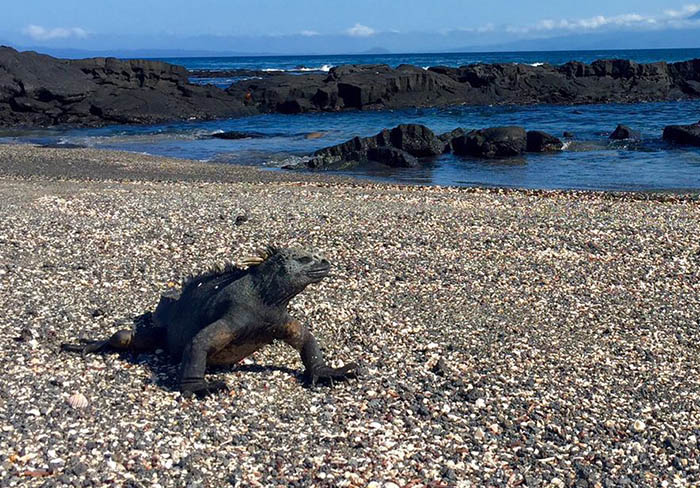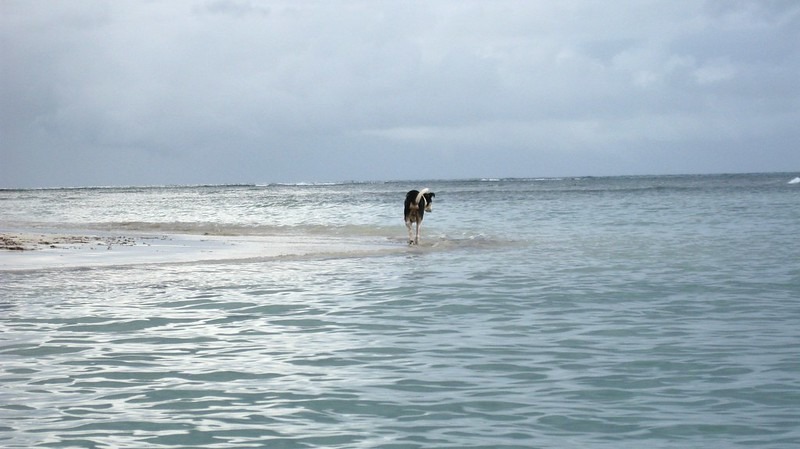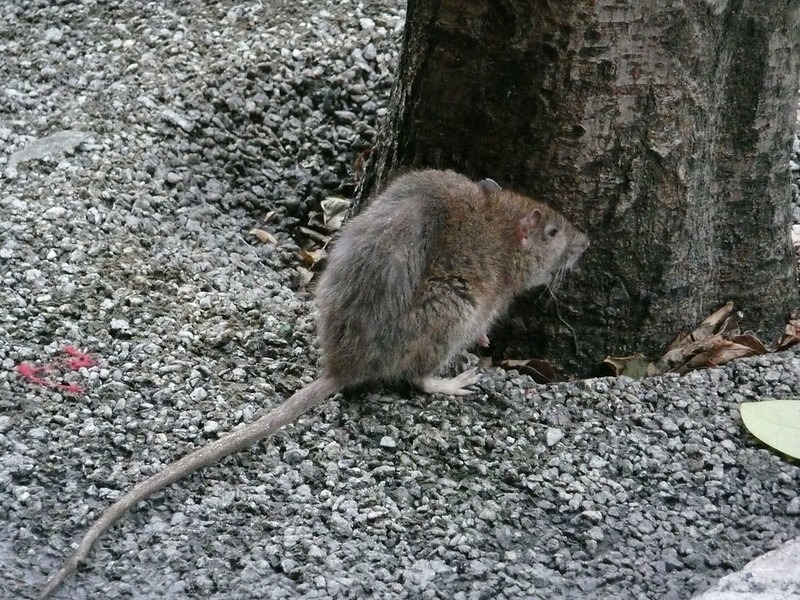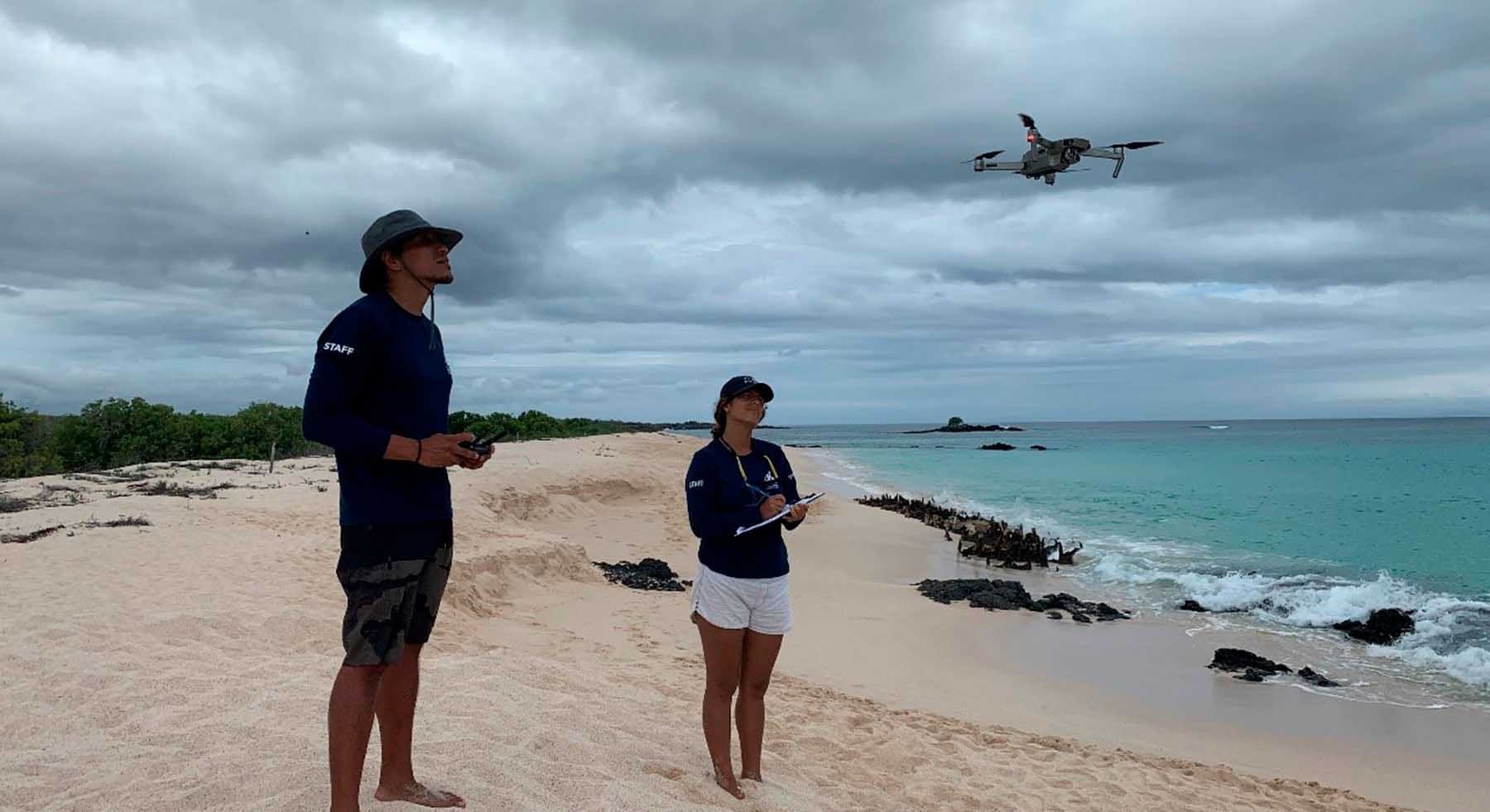
Scientists use drones to eradicate invasive rats from North Seymour and Mosquera Islands in Galapagos | Travel News
Many of Darwin's most beloved animals are being assisted in fighting invasive rats in the Galapagos Islands. Two years ago, Drones were deployed on the Seymour Norte Islands and Mosquera Islands to eradicate all rodents.
The Voyagers Travel Company says the Islands are famous for their unique wildlife, both native and endemic. Endangered species can't be found anywhere else on Earth. These include the Galapagos giant tortoise, and the swimming marine Iguanas. Charles Darwin's research on the island chain's endemic animals led him to his theory of evolution. It was possible to evolve very rare species and adaptations that could not be found anywhere else on the planet because of the isolation of the habitat.

Although native species are naturally found in the Galapagos Islands, they can also be found elsewhere. Many people travel to the Galapagos in search of blue-footed boobies, which are a great example of a native species.
Invasive species are brought to the islands by accident or purpose. The most commonly introduced species to the Galapagos Islands are cats, dogs, and goats. Inadvertently introduced rat species are the most problematic and aggressive.

Drone DJ reported that ships visiting islands in the 19th and 20th century brought brown and black rats with them. They thrived without any natural predators. They were an invasive species.
Nature states that "Rats and non-native species have caused significant damage to the Galapagos' unique flora, fauna, and environment over millions of years."
The journal article suggested that this relative isolation could have led to many native species losing their defense mechanisms against predators. The rats pose a threat to Galapagos' rich biodiversity because they reproduce rapidly and eat many different plants and animals. Because they eat nestlings and eggs, the rodents are particularly dangerous to young and unhatched birds. Nature also reported that rodents can also gnaw on native trees and eat their seeds. Invasive rodent infestations are responsible for 86% of all known species extinctions on islands.
Nature stated that rats were the targets of several eradication campaigns in the Galapagos. To protect the Galapagos' indigenous wildlife, the eradication of rats was considered "necessary" at the Galapagos islands.

After several failed manual attempts to eradicate the pest, the Galapagos National Park started using drones in January 2019. Nature and Drone DJ reported that drones offer greater speed, efficiency, and safety than manual baiting in rugged terrain. They are also cheaper than helicopters, which have been a preferred tool for culling non-native species.
Drones dropped poisoned bait in areas where rats are high. This rodenticide was designed to attract rats only. Nature says it was the first time such a method has been tried on wild vertebrates.
The drones were used to replenish bait stations along the coasts of the islands to stop new rats migrating from the surrounding islands. Good News Network reported a "biosecurity barrier", consisting of 289 bait stations, will be permanently in place as a preventive measure against the reinvasion by rats from Santa Crus and Baltra Islands.
After a thorough inspection, all islands were declared rat-free.
"After two years of waiting this project has given its expected results, according the planning and according the highest protocols for these types of cases," Danny Rueda (director of the Galapagos National Park) stated in a Press Release. "Galapagos is once more a reference in terms of protecting this critically important ecosystem."
It has been encouraging to see the success of the Galapagos campaign. Good News Network reported that plans are underway to replicate the program on smaller islands in the Pacific, where hand-based baiting isn't feasible.

Nature reported that drones are being used for monitoring ecosystems and animals, as well as animal control. Conservationists discussed the use of drones to prevent poaching and save endangered rhinos and elephants. This technology can also be used to stealthily assess dolphin health . In the Amazon Rainforest, Indigenous tribes have used drones to fight illegal deforestation within their territory.
Drone DJ reported that nearly 85 percent of the worldwide eradication campaigns against destructive, aggressive mammals have been successful. Drone advocates hope to increase this percentage.
Serge Wich, a biologist from Liverpool John Moores University in the UK, and codirector of Conservation Drones told Nature that "almost every conservation organization with which I work is using drones right now, in some way or other."
